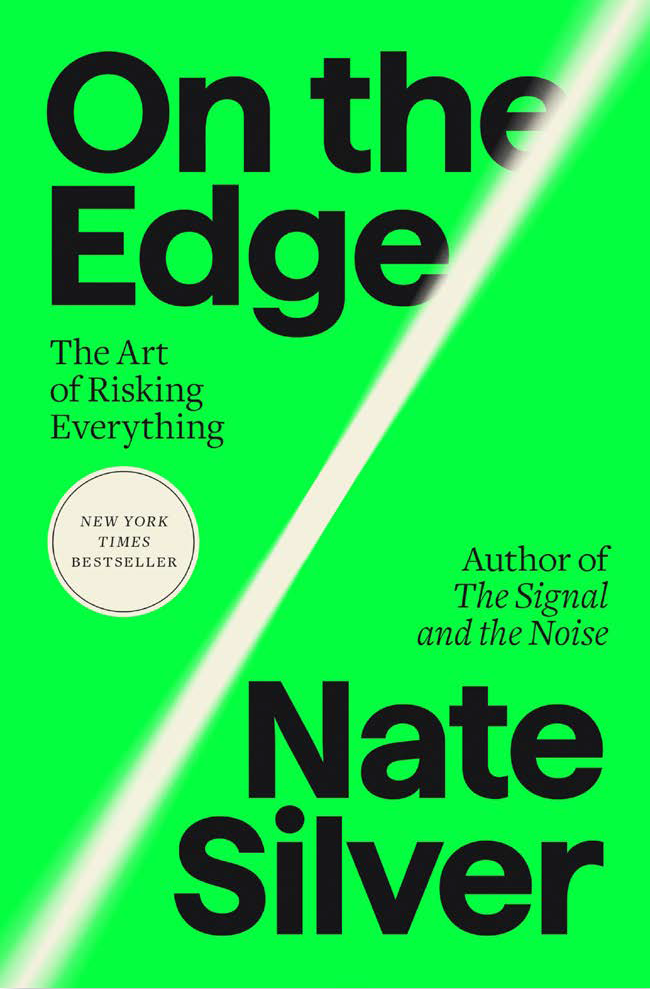 So far, in response to the puzzle “Proof of Crypto Mining Work” from the November-December 2021 issue, the nonce with the most leading 0s in binary form, when appended to the text “Casualty Actuarial Society” and run through the hash function SHA-256, was submitted by Mike Convey. His nonce of 1ff8640245 produces a hash with 42 leading binary 0s. We can call the number of leading binary 0s in the hash the strength of the nonce. In turn, we can call the highest strength nonce known to date, the strength of the CAS nonce. Of course, we can call this strongest nonce to date the CAS nonce.
So far, in response to the puzzle “Proof of Crypto Mining Work” from the November-December 2021 issue, the nonce with the most leading 0s in binary form, when appended to the text “Casualty Actuarial Society” and run through the hash function SHA-256, was submitted by Mike Convey. His nonce of 1ff8640245 produces a hash with 42 leading binary 0s. We can call the number of leading binary 0s in the hash the strength of the nonce. In turn, we can call the highest strength nonce known to date, the strength of the CAS nonce. Of course, we can call this strongest nonce to date the CAS nonce.
The challenge this month is to forecast the strength of the CAS nonce in future years, from 2023 as far into the future as you wish. Forecasts for the years 2100, 2200, … are welcome. Please include details of your model assumptions, calculations, etc.
To add to the fun, readers are also encouraged to submit other related items, such as:
- Best ways to automatically track and record the strongest nonce in the future. If you are up to it, submit something like the code for a webpage (probably with JavaScript) that would allow online entry of new submissions, along with automatic verification and recording when a new stronger CAS nonce is submitted.
- Special recognition or prizes that should be given each time a stronger CAS nonce has been submitted.
- A special logo, avatar or coat of arms for the CAS nonce.
- Original and highly entertaining fictional stories or comics, of any genre, set in the future and featuring the strength of the CAS nonce as a central plot element.
(Note: Apologies to readers for the continuing delay in publishing a solution to the puzzle “A Game of Coins” from the January-February 2022 issue. It has not been forgotten. This one is just a bit challenging to write up.)
Know the answer? Send your solution to ar@casact.org.
An Equitable Pass Curve
Professor Mannboltz will model the situation to maximize the entropy of the respective distributions of scores for groups G1 and G2, within the constraints of the given information. First, he will summarize the constraints:
- Scores range continuously in the interval [0, M].
- 10% of all test takers pass with score in the interval [P, M].
- 80% of all test takers are from G1 and 20% are from G2.
- 2% of the 10% who pass belong to G2.
The implied special constraints for the two groups are:
- (98%*10%)/80% = 12.25% of G1 have scores in the interval [P, M].
- (2%*10%)/20% = 1% of G2 have scores in the interval [P, M].
Consequently, the maximum entropy distributions for the two groups will each be piecewise uniform in two pieces split at the pass score of P:
- The probability density for G1 will be 87.75% / P for scores in the interval [0, P) and 12.25% / (M-P) for test scores in the interval [P, M].
- The probability density for G1 will be 99% / P for scores in the interval [0, P) and 1% / (M-P) for test scores in the interval [P, M].
For an equitable outcome, it is necessary that 10% of each group pass. Assuming the maximum entropy distributions above:
- The 12.25% of G1 that pass needs to be reduced by 2.25%. In the interval [P . P + (2.25% / 12.25%) (M-P) ) there will be 2.25% of G1. So P1, the pass score for G1, should be set equal to P + (9 / 49) (M-P) to exclude an extra 2.25% of G1 from the passing group.
- The 1% of G2 that pass needs to be increased by 9%. In the interval [P – (9% / 99%) P, P ) there will be 9% of G2. So, P2, the pass score for G2, should be set equal to (10 / 11) P to include an extra 9% of G2 in the passing group.
What might this look like with some specific example numbers? Suppose the initial passing score was 70 out of 100. Members of G1 would need to score about 75.5 or higher to pass, while members of G2 would only need to score about 63.6 or above to pass, for an equitable pass curve.
John Berglund also submitted a solution.













